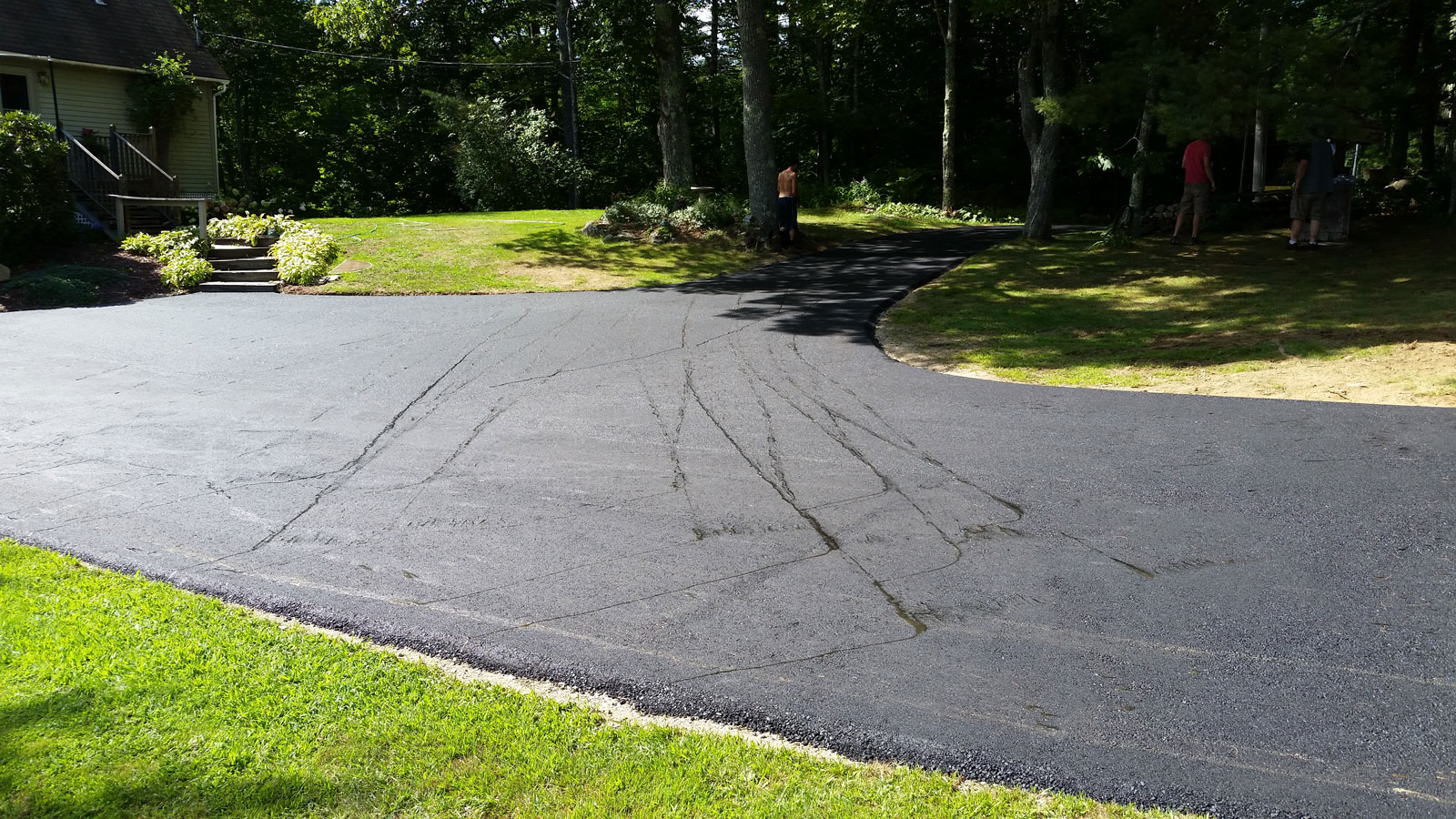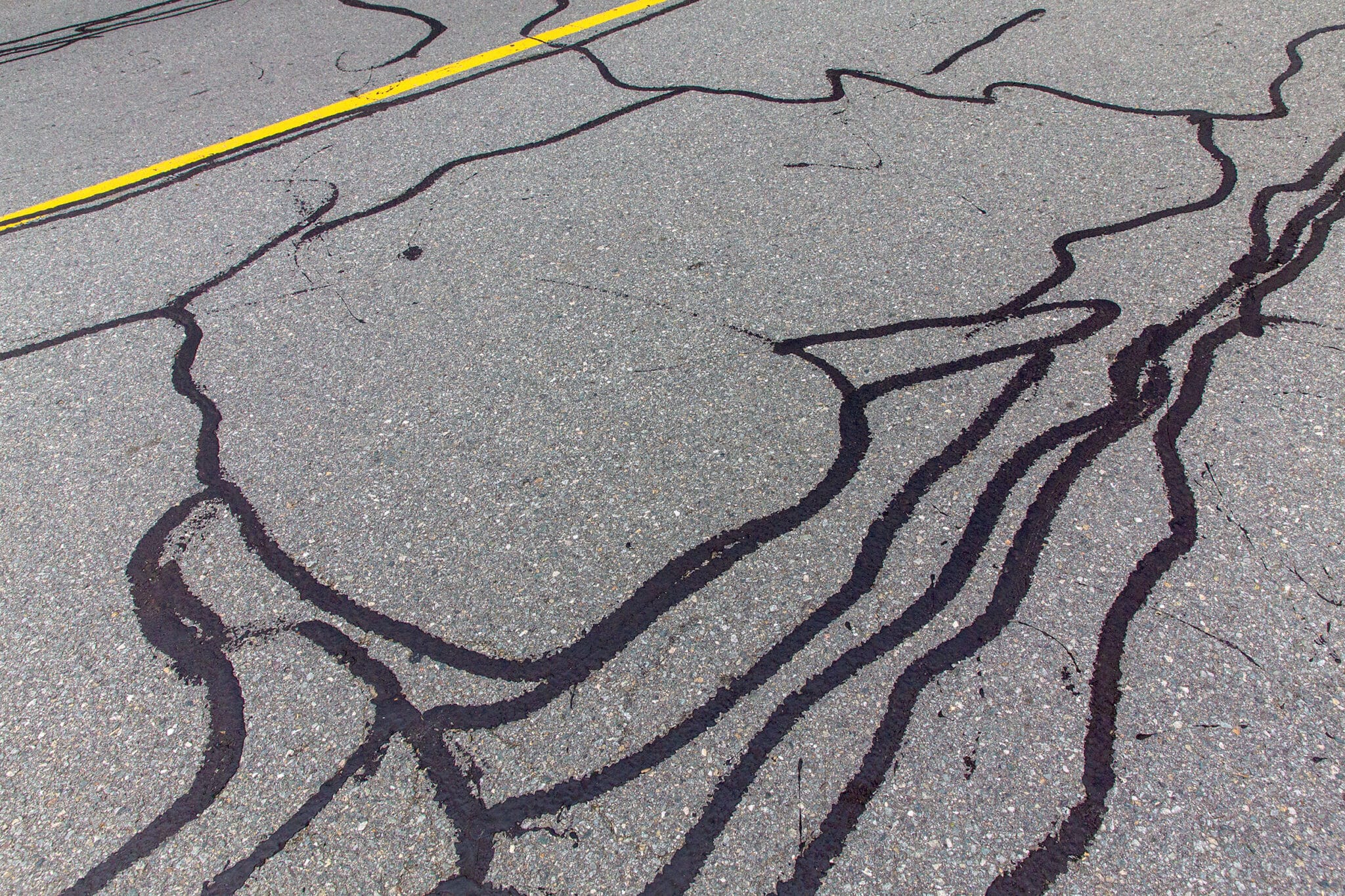Safeguard Surface Areas with Specialist Asphalt Sealing: Cold Mix Fundamentals
Wiki Article
Cold Mix Asphalt: The Eco-Friendly Remedy for Durable Roadways
Cold mix asphalt has actually emerged as a feasible option for eco-conscious roadway building tasks, providing an array of benefits that cater to both sustainability and performance. By integrating recycled products, reducing waste, and advertising lower power intake during manufacturing, cold mix asphalt lines up with ecological criteria while guaranteeing sturdy road surface areas.Benefits of Cold Mix Asphalt
Cold mix asphalt offers a affordable and environmentally lasting remedy for roadway building and construction and upkeep. One key advantage of cold mix asphalt is its flexibility. Unlike hot mix asphalt, which needs heats throughout laying and mixing, chilly mix asphalt can be utilized in lower temperature levels, making it ideal for winter problems or emergency situation repairs. This flexibility enables year-round roadway upkeep and building activities, decreasing downtime and making sure smoother web traffic flow (cold mix asphalt).
One more advantage of cool mix asphalt is its convenience of application. Considering that it can be stocked and used as required without the need for home heating devices, it simplifies the building and construction process and lowers power intake. Additionally, cold mix asphalt is a lot more forgiving throughout application, allowing for longer workability and much easier compaction compared to hot mix asphalt.
Furthermore, cool mix asphalt supplies excellent durability and resistance to water infiltration, resulting in longer-lasting road surface areas. Its capability to follow existing sidewalk surfaces makes it a preferred choice for pit fixings and pavement conservation projects. Generally, the benefits of chilly mix asphalt make it a useful and reliable option for lasting road facilities growth.
Environmental Benefits
With a concentrate on sustainability and eco-friendliness, the ecological advantages of utilizing chilly mix asphalt in roadway building and construction and maintenance are considerable. Cold mix asphalt manufacturing requires reduced temperatures compared to hot mix asphalt, leading to lowered power consumption and lower greenhouse gas discharges. This procedure aids in preserving energy resources and lowering the carbon footprint connected with roadway building and construction projects. Additionally, chilly mix asphalt is commonly produced using recycled materials such as redeemed asphalt sidewalk (RAP) and recycled asphalt shingles (RAS) By including these recycled materials, cold mix asphalt assists to minimize the amount of waste sent to garbage dumps and advertises a much more round economic situation within the building and construction sector. Furthermore, the lower production temperature levels of cold mix asphalt likewise add to improved air quality by decreasing the release of volatile natural substances (VOCs) and other damaging discharges into the atmosphere. Overall, the ecological advantages of chilly mix asphalt make it a sustainable choice for durable and eco-friendly road infrastructure.
Easy Application and Maintenance
Effective application and upkeep procedures play an essential duty in the successful application of cold mix asphalt for road building and construction tasks. Cold mix asphalt provides a significant advantage in terms of simple application compared to hot mix asphalt. Since chilly mix asphalt does not call for heating throughout the mixing procedure, it can be stockpiled and applied at ambient temperature levels. This streamlines the application process, minimizing the power consumption and discharges connected with standard warm mix asphalt production.Cold mix asphalt has actually improved flexibility and resilience, allowing it to withstand variations in temperature level and heavy web traffic loads without fracturing as quickly as conventional hot mix asphalt. On the whole, the simple application and upkeep of chilly mix asphalt make it a sustainable and functional option for durable road construction tasks.

Cost-Effectiveness in Road Construction
Cost-effectiveness is a critical consideration in the planning and implementation of roadway building projects, influencing spending plan appropriations and lasting sustainability goals. Cold mix asphalt uses an economical service for road building and construction as a result of its lower production and application prices contrasted to hot mix asphalt. The reduced power usage in the production procedure adds to overall price financial savings, making it an appealing option for numerous road projects.In addition, the simplicity of application and maintenance of cool mix asphalt further improves its cost-effectiveness. With cold mix asphalt, roadway construction tasks can be completed faster, causing decreased labor prices and lessened disruptions to web traffic circulation. In addition, the capability to store chilly mix asphalt for extended durations without compromising its top quality allows for mass buying, bring about prospective price cuts and overall price savings.

Resilience and Longevity
Making certain the durability and longevity of roadway framework is a fundamental facet of sustainable construction techniques. When considering roadway building products, sturdiness plays an essential duty in identifying the life expectancy of the roadway. Cold mix asphalt, understood for its long life, provides a lasting service for durable roads. Its special composition enables flexibility, enabling it to hold up against varying climate condition and heavy website traffic loads gradually.One essential variable contributing to the resilience of chilly mix asphalt is its capacity to stand up to breaking. Standard hot mix asphalt is prone to breaking because of temperature level variations, while cool mix asphalt maintains its structural integrity, decreasing the requirement for constant fixings. This durability results in cost savings and reduces the environmental effect connected with road maintenance tasks.
Moreover, the asphalt patch repair long life of cool mix asphalt prolongs the lifespan of roads, decreasing the frequency of reconstruction projects. By choosing materials that focus on durability, such as cool mix asphalt, roadway framework can be built to last, promoting sustainability and efficient source application in the building and construction sector.

Conclusion
Finally, chilly mix asphalt supplies a lasting and environment-friendly service for building resilient roadways. Its benefits consist of convenience in various weather conditions, simplified building process, and outstanding toughness. With reduced manufacturing temperature levels, application of recycled products, and lowered waste generation, it advertises ecological benefits. Easy maintenance, cost-effectiveness, and application further enhance its allure, adding to long term roadway life expectancies and effective resource usage in line with sustainability objectives.Unlike warm mix asphalt, which calls for high temperatures during laying and mixing, cold mix asphalt can be made use of in lower temperature levels, making it excellent for chilly weather problems or emergency situation repair work - cold mix asphalt. Cold mix asphalt manufacturing needs reduced temperature levels compared to warm mix asphalt, resulting in decreased power usage and reduced greenhouse gas exhausts. Cold mix asphalt provides a substantial advantage in terms of very easy application compared to warm mix asphalt. Cold mix asphalt provides a cost-effective remedy for road building and construction due to its lower manufacturing and application expenses contrasted to hot mix asphalt. Typical hot mix asphalt is vulnerable to breaking due to temperature level changes, while cool mix asphalt keeps its structural integrity, minimizing the need for frequent repairs
Report this wiki page